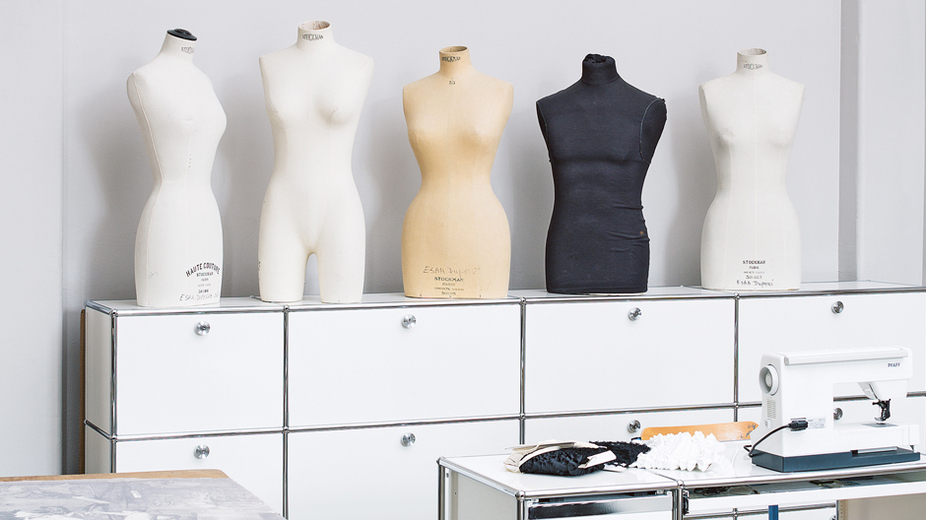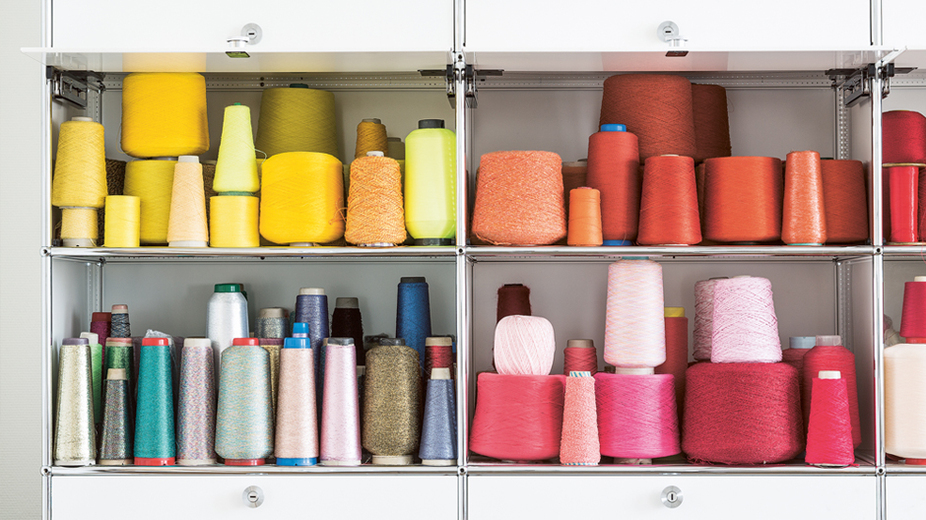Paris fashion school École Duperré has got a new facility
Paris fashion school École Duperré has got a new facility

At the Paris Fashion and Textile Academy École Duperré, the daily routine has been put into regular order. Instead of a jumble of different storage furniture and tables, continuity and clarity have been given priority. The furnishings are seen as an active tool that facilitates the work process.
Paris is richly endowed with art and design schools. One of the oldest institutions is the École Duperré, founded in 1864 by Élisa Lemonnier. This enterprising Frenchwoman was a driving force behind the professional advancement of women. In 1862, she had launched the private Société pour l'enseignement professionnel des femmes and opened several vocational schools for girls in Paris. In time, the city government also recognized the role of these educational institutions and in 1906 took over the branch in Rue Duperré.
Continuous opening
From then on, advertising and graphic design were taught in addition to fashion, textile and wallpaper design. With its participation in the Exposition Internationale des arts décoratifs et industriels modernes 1925, the college made its first appearance on an international level. The École Duperré retained its name after moving in 1969 to its current address on rue Dupetit-Thouars in the third arrondissement - where boys have also been taught since then.
Spatial expansion
500 students now attend the fashion, textile and graphic arts courses. Since 2007, the master's degree program in luxury has also been offered. With its high, light-flooded rooms, it is not only the brick building, built in 1913, that provides the appropriate setting. Right next door is the Carreau du Temple. The former market hall of the third arrondissement has been used for fashion shows for many years and was permanently converted into a cultural and exhibition center in 2014. The students of École Duperré have accompanied the conversion process with various installations and have been occupying the center with their final projects since its completion.

The system remains in the background
Continuity and clarity
Meanwhile, movement also came to the premises of École Duperré. To underscore its own design aspirations, the university's management entered into a cooperation with Swiss systems furniture manufacturer USM Haller. Instead of a jumble of different storage furniture and tables, the aim was to create continuity and clarity - which was implemented in several stages. The fashion studio kicked things off. The computer room followed a year later, and shortly thereafter the tailor's workshop and the principal's office were also equipped with the Haller modular furniture system.
Internal logic
Very different specifications went into the planning of the individual departments. After all, fabrics are stored differently than spools of thread. And sewing machines need more space than monitors and keyboards. Despite the diversity of the individual uses, the furnishings appear to be of a single piece. The reason for this lies in the use of exclusively white panels, which fit harmoniously into the historic rooms and are restrained in their visual presence.
Flexible tool
The interior thus serves more than just storage and organization. When the students present the interim status of their projects on a weekly basis, the neutral cubes, tables and shelves do not compete with the work on display. The openness of the system also allows for unusual uses. For example, clothing items can be presented in a two-meter-high rolling container without side walls. In addition to a floor panel, the open unit has only a ceiling panel with a clothes rail suspended from it. The furnishing is thus anything but passive. It becomes a tool that students can actively integrate into their work process.

The USM Haller modular furniture system was developed between 1962 and 1965. The well-known classic is used in the office world, in public buildings as well as in the private sector. Its inclusion in the design collection of the Museum of Modern Art MoMA in New York (USA) at the end of 2001 is a high honor and confirms the artistic character of the product.
Everything You Need To Know About Glass Sheet Kitchen Backsplashes
Comments
Post a Comment